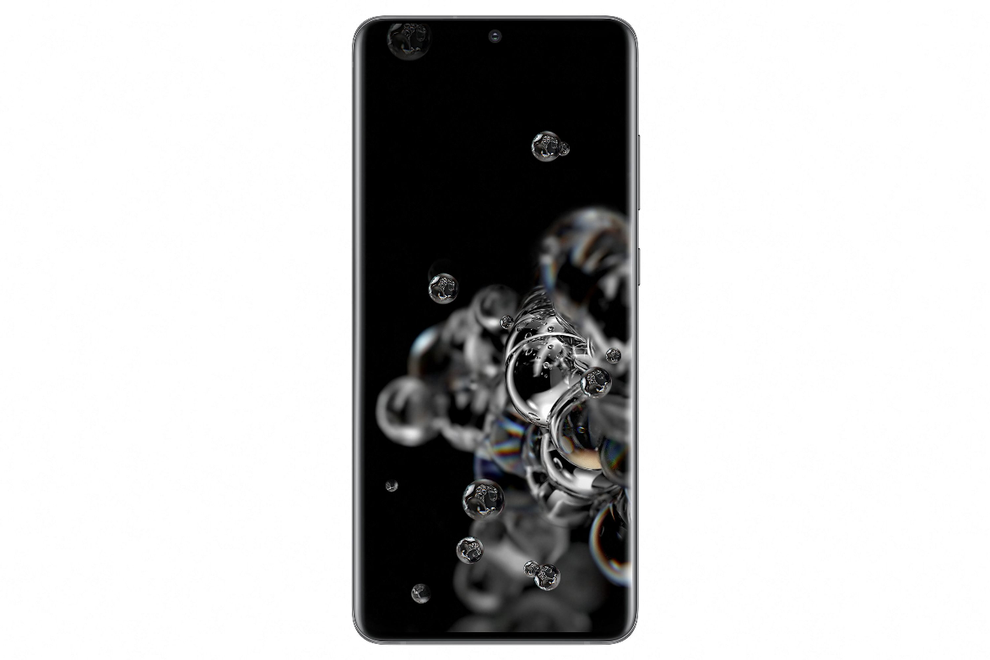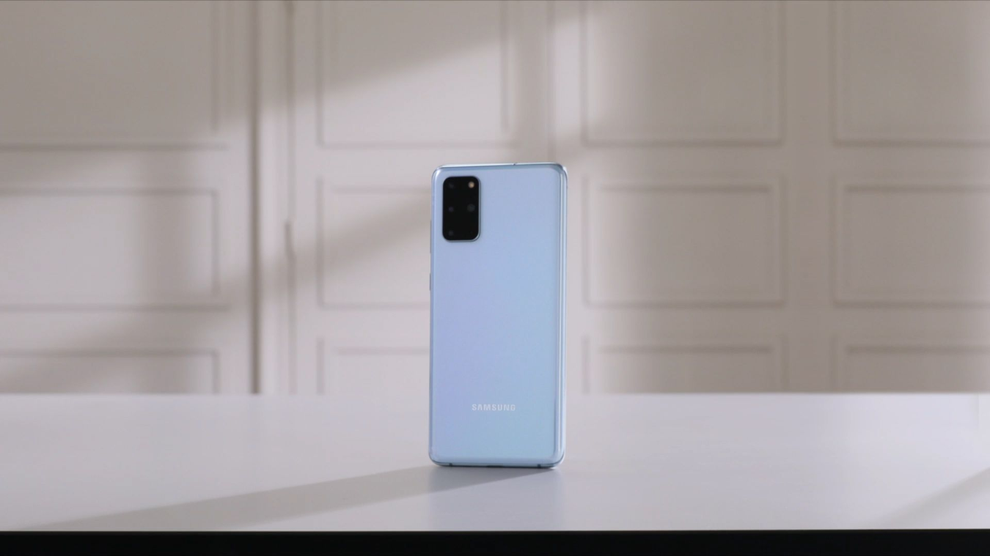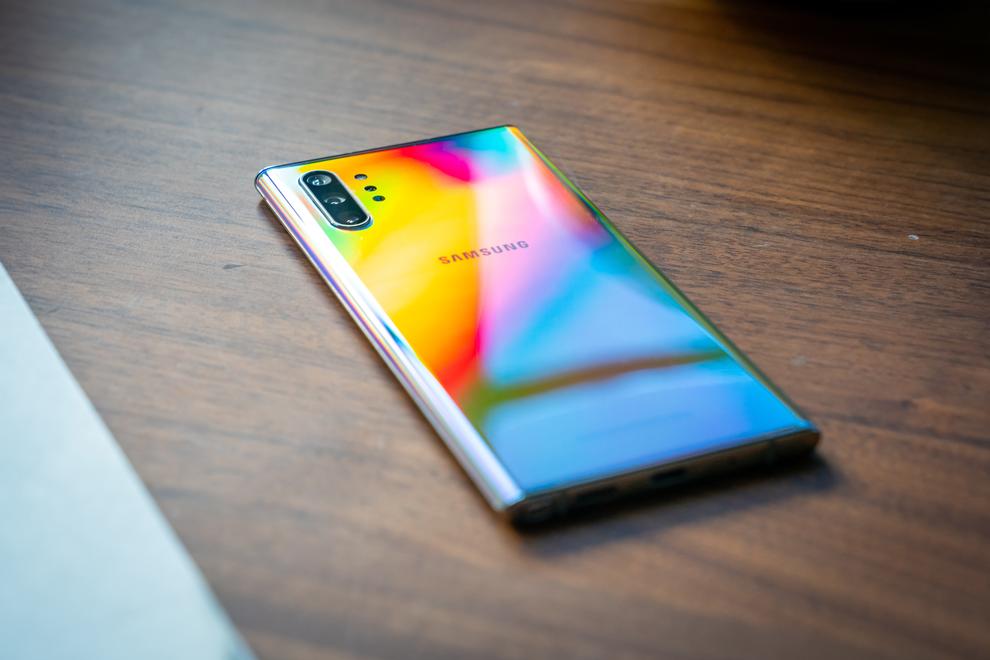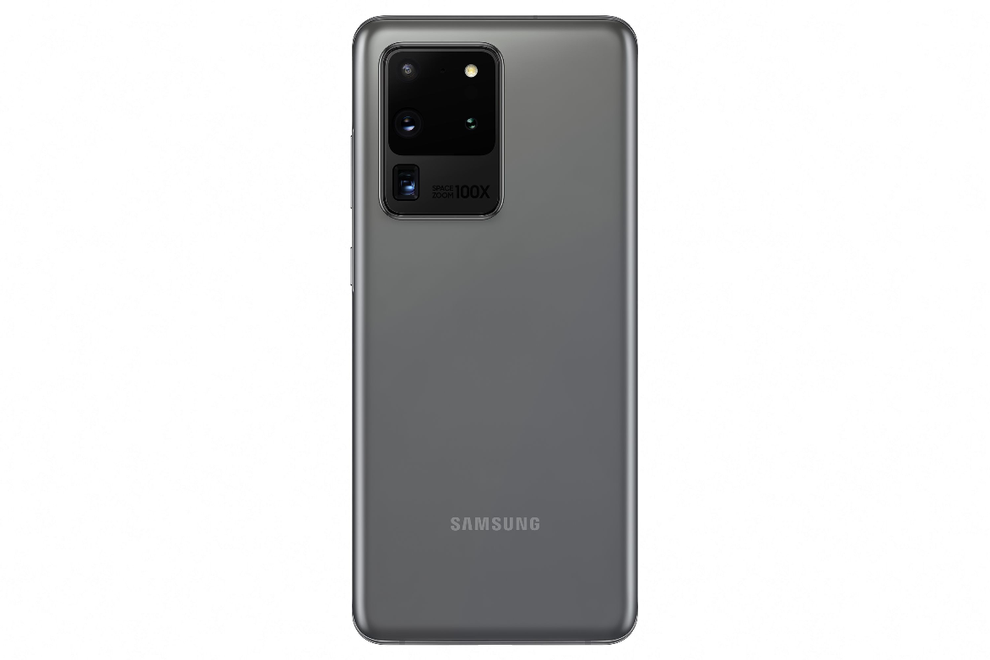Samsung Galaxy Note 10 vs Galaxy S20: Is Bigger Better?
- 14 September, 2020 11:00

Samsung has their sights set on the throne with the new Galaxy S20, Galaxy S20+ and Galaxy S20 Ultra. However, it wasn’t all that long ago that the company launched their ultra-premium Note 10 and Note 10+.
We decided to breakdown whether or Samsung’s 2019 Note series can hold its own against the company’s latest S-series offering. If you’re looking to decide between the two ranges and find out whether bigger really does mean better when it comes to Samsung smartphones, here’s what you need to know.
Design & Display
 Credit: Samsung
Credit: Samsung At a glance, there's a lot of overlap between both Note devices and the new Galaxy S20 and Galaxy S20+.
Both feature high-resolution screens with curved edges, in-display fingerprint sensors and center-oriented Infinity-O notches.
That being said, there are also some notable differences when it comes to size.
The regular Note 10 has a 6.3-inch Dynamic AMOLED display of the same quality found in the Galaxy S10. Meanwhile, the larger Note10+ weighs in at a hefty 6.8-inches, making it the largest Note smartphone to date.
Both of these devices end up offering more screen space than the 6.2-inch Galaxy S20 and 6.4-inch Galaxy S20+. However, their size is easily dwarfed by the new S20 Ultra - which tops out the range with a whopping 6.9-inches.
The Galaxy Note10 and Galaxy Note10+ also lack the 120Hz refresh rate found across the Galaxy S20 range (and in the recent Note 20 series). That’s not a massive deal but it does leave the more recent devices looking just that little bit more cutting edge than the Note 10 and Note 10+ when it comes to the display side of the equation.
Processor
 Credit: Samsung
Credit: Samsung Depending on your region, the Samsung Galaxy S20, S20+ and S20 Ultra are either going to be powered by Qualcomm’s latest Snapdragon 865 chipset or Samsung’s own Exynos 990 processor. Australian models are equipped with the latter.
Samsung's Exynos isn't awful but, in previous years, it hasn’t compared all that favorably to Qualcomm's own flagship hardware - which is probably why Samsung opt for the Snapdragon 865 when it comes to major markets like the US.
Samsung equipped the Note 10 and Note 10+ with their own Exynos 9825 processor. This is a minor upgrade on the Exynos 9820 found in the Galaxy S10 and Galaxy S10+. However, compared to both the Exynos 990 and Snapdragon 865, it does come up short even if it does still offer flagship-level performance.
Features
 Credit: Winfuture
Credit: WinfutureThe most obvious difference in features between the S20 range and the Note 10 range is the S-Pen stylus found with the latter. Akin to something like the Apple Pencil, this accessory makes notation and drawing on the Note 10 a treat in a way that no other smartphone can match. If you care about making use of the S-Pen’s various functionalities, it may well be worth considering the Note series over the S20 range in spite of the technical advantages found with the latter.
Both new Note and S-series handsets lack a headphone jack. All five devices also feature IP68 water resistance, an in-display fingerprint sensor, Qi wireless charging and stereo speakers.
RAM & Storage
When it comes to ROM, both the Galaxy S20 and Galaxy S20+ come with 128GB of on-board memory. This is less than what was offered with the Galaxy Note 10 and Galaxy Note 10+ - which both shipped with 256GB of on-board storage as standard. The Galaxy S20 Ultra then ups the ante with your choice of either 128GB of storage or a whopping 512GB.
 Credit: Christopher Hebert/iDG
Credit: Christopher Hebert/iDG Unlike last year’s Note series devices, all three Galaxy S20 smartphones feature expandable storage via MicroSD of up to 1TB. The S20 and S20 start at 12GB when it comes to RAM. As expected, the S20 Ultra carves out a crown for itself with up to 16GB of RAM. In Australia, a 12GB version of the S20 Ultra will also be available.
In contrast, the Samsung Galaxy Note 10 features 8GB of RAM and the Samsung Galaxy Note 10+ features 12GB of RAM. Though nothing to scoff at, these rookie numbers leave them second-best against 2020's Galaxy S offering.
Battery Life
The Galaxy S20 features a 4000mAh battery, which is an improvement on the Note 10’s 3500mAh battery. The Galaxy S20+ features a 4500mAh battery, which is an improvement on the Note 10+’s 4300mAh battery.
The Galaxy S20 Ultra features a 5000mAh battery, which puts it at the zenith of Samsung's smartphone pantheon.
 Credit: Christopher Hebert/IDG
Credit: Christopher Hebert/IDG When we put the battery inside the Note 10+ to the test, we found that "On a quiet day, we could get through a day on a single charge. On busier or longer days, the Note 10+ didn’t fare nearly as well."
By comparison, our review of the S20 Ultra found that "On more casual days, things cruised close enough to 50% that I wasn’t too worried about “forgetting” to charge the S20 Ultra overnight and skating through to the next day."
At least when it comes to battery life, the raw, unrelenting size of the S20 Ultra's battery gives it the edge.
Cameras
The Galaxy Note 10 is Samsung’s first flagship phablet to embrace the three-lens paradigm popularised by Huawei and others. It features a 16-megapixel ultra-wide (f/2.2) lens, 12-megapixel (f/1.5-f/2.4 with OIS) wide angle lens and a 12-megapixel (f/2.1 with OIS) telephoto lens.
Then, on the front, the Galaxy Note 10 features a 10-megapixel (f/2.2) front-facing camera.
The Galaxy Note 10+ ups the ante to include a four-lens configuration, adding a f/1.4 VGA DepthVision camera into the mix. In line with similar ToF cameras found elsewhere, this is used to enhance portrait shots by allowing more complex and accurate depth maps.
 Credit: Daniel Masaoka/IDG
Credit: Daniel Masaoka/IDG Subjected to the scrutiny of a full review, we found that "You can get some really impressive results out of the Note’s camera but you have to work for it in a way that you don’t with a Pixel or a Huawei P30 Pro. The camera here lets you take great photos but the other options let you do that faster, more reliably and often with significantly better final results."
Meanwhile, the Galaxy S20 and S20+ boast identical camera configurations. Both devices feature a 10-megapixel selfie-shooter on the front plus a triple-lens array including a 12-megapixel main (wide) lens, a 64-megapixel telephoto lens and a 16-megapixel ultra wide lens on the back.
 Credit: Samsung
Credit: Samsung Then, the Samsung Galaxy S20 Ultra features a triple-lens rear camera that combines a 108-megapixel main (wide) lens, a 48-megapixel telephoto lens and a 12-megapixel ultra wide lens to push these capabilities even further.
As well as 8K video capture, Samsung claims the S20 Ultra can deliver up to 10x optical zoom and 100x digital zoom. The front-facing camera on the S20 Ultra has also been bumped up from 10-megapixels to 40-megapixels.
In our review of the Galaxy S20 Ultra, we came away mostly impressed but noted that "The camera on the Note 20 Ultra 5G isn’t jaw-dropping in the way you’d hope a phone this expensive would be but it's more than capable enough. Honestly, if you’re the kind of person who cares enough about smartphone cameras that you suspect you might run up against the limitations of this thing, Samsung is probably not the brand for you."
 Credit: Fergus Halliday
Credit: Fergus Halliday [Related: I Took The Galaxy S20 Ultra To Chernobyl And All I Got Were These Spooky Post-Apocalyptic Pics]
"The photos I took with this camera during a recent trip to Ukraine are some of the best - or at least my favorite - shots I’ve taken with a smartphone since the Mate 20 Pro. Unfortunately, I was a little frustrated at just how many great shots ended up spoiled by the poor autofocus or clumsy post-processing here."
The Verdict?
As is so often the case with any discussion around Samsung’s Note series, it all comes down to the S-Pen. If you’re the kind of power user who wants that stylus, you’re probably not going to be missing out on much by opting for the Note 10.
On the other hand, if you want access to Samsung’s most powerful camera kit yet, the Galaxy S20, S20+ and S20 Ultra are going to be worth the extra investment.
In Australia, the Samsung Galaxy S20 comes with a starting recommended retail price of AU$1349. The Galaxy S20 5G is also available for AU$1499.
Then, pricing for the Samsung Galaxy S20+ starts at $1499. Like the S20, there's also a 5G variant - which is priced at AU$1649 - and another model with 512GB of storage - which is available for AU$1899.
The Samsung Galaxy S20 Ultra tops out the range at an RRP of $1999 for the 128GB size and AU$2249 for the 512GB size.
For the best Telstra plans for the Galaxy S20, Galaxy S20+ and Galaxy S20 Ultra, click here.
For the best Optus plans for the Galaxy S20, Galaxy S20+ and Galaxy S20 Ultra, click here.
For the best Vodafone plans for the Galaxy S20, Galaxy S20+ and Galaxy S20 Ultra, click here.
This article was originally published on the 12th of February 2020 and updated by Fergus Halliday on the 14th of September 2020.





